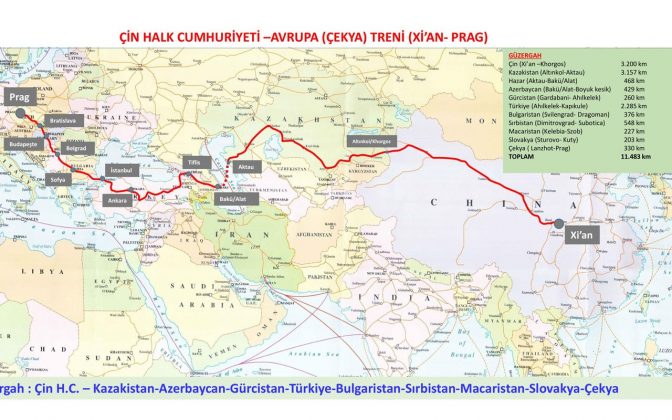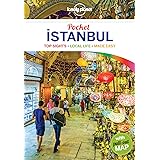- East Turkestan: 1600 km.
- Kazakhstan: 3157 km.
- Caspian 468 km
- Azerbaijan 429 km
- Turkey 2285 kmTotal 7939 km7939/11483: 70%
Silk Road
It is not a historical name. The German geographer Ferdinand von Richthofen suggested this name in 1877. I think that this name was given to the aristocratic part of Europe because it was very important to make silk dresses. This is not just a road, it is vascular access. It starts from the interior of China and goes to the interior of Europe.
They also have secondary roads, for example, there is a fur route from the north of the Black Sea and Caspian Sea. Again, there is the spice route to India. In other words, I think that this name was given because of Europe’s fondness for silk. Perhaps, as you said, more hemp than silk was traded on this road. But in the historical period we do not see a name for it in the texts. Only one important trade route starts from this prehistory and continues until about the 16th century.
After that, with the strengthening of Europe and sailing, it loses its former importance. Now, the political, cultural and commercial trajectory of the world also goes in a different direction. The foundations of Western colonialism are also laid. Now the place where silk is produced in China is where the Turks live. I don’t mind if it’s called the Silk Road. The word silk is already a pure Turkish word. They translate it into western languages. You know, it comes from the word rope.
Silk means elegant thread. But it is very difficult to match the cannabis route with current data, because there is an excessive literature on it in the world. Of course, this should be emphasized in the studies. This is how it is named, but not only silk but also other products are carried on this trade route.If we get the name of cannabis route accepted by the Turkish state and Turkish states, it will easily take its place. (Assoc. Dr. Babek Cavanşir)




















